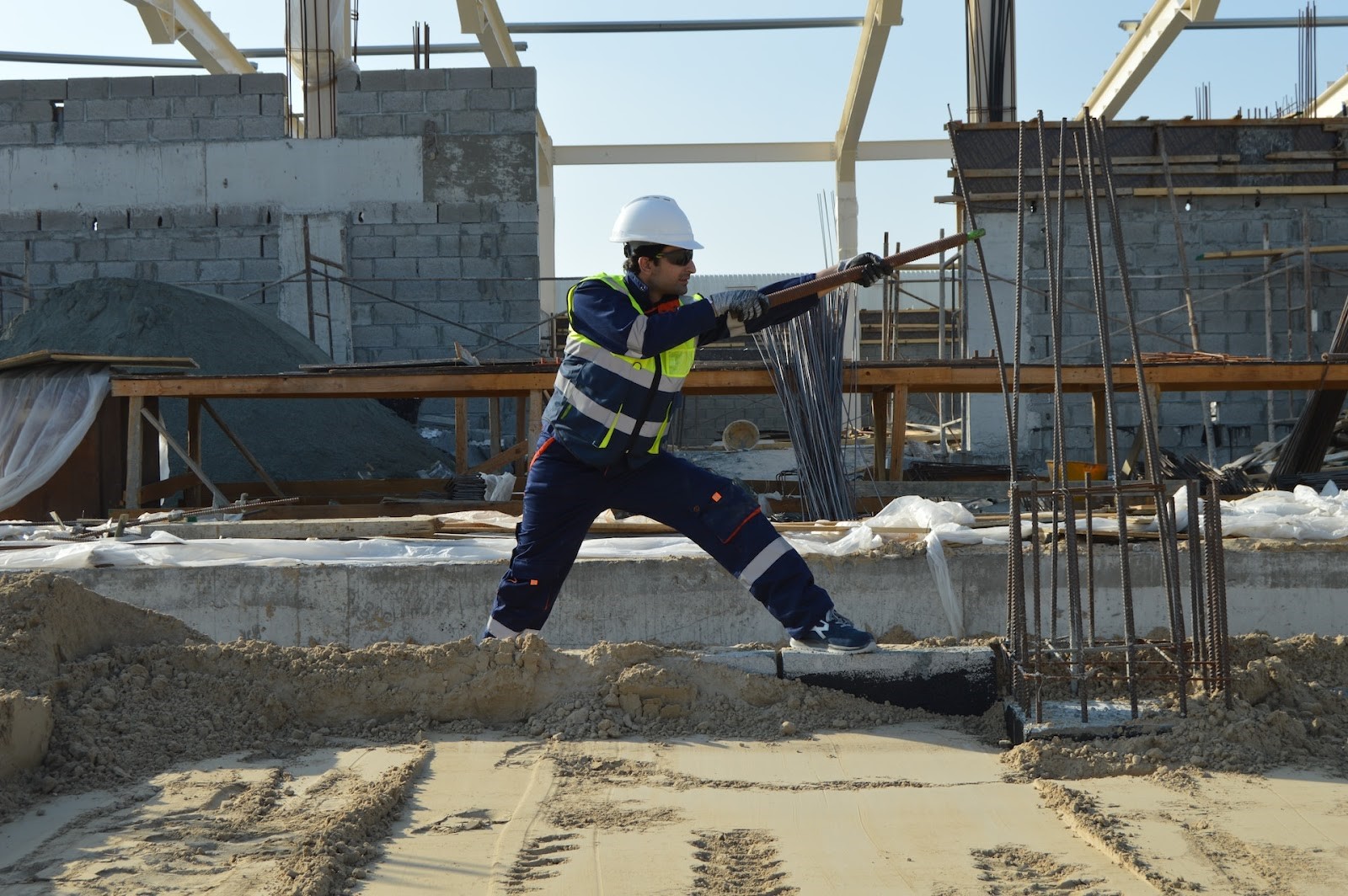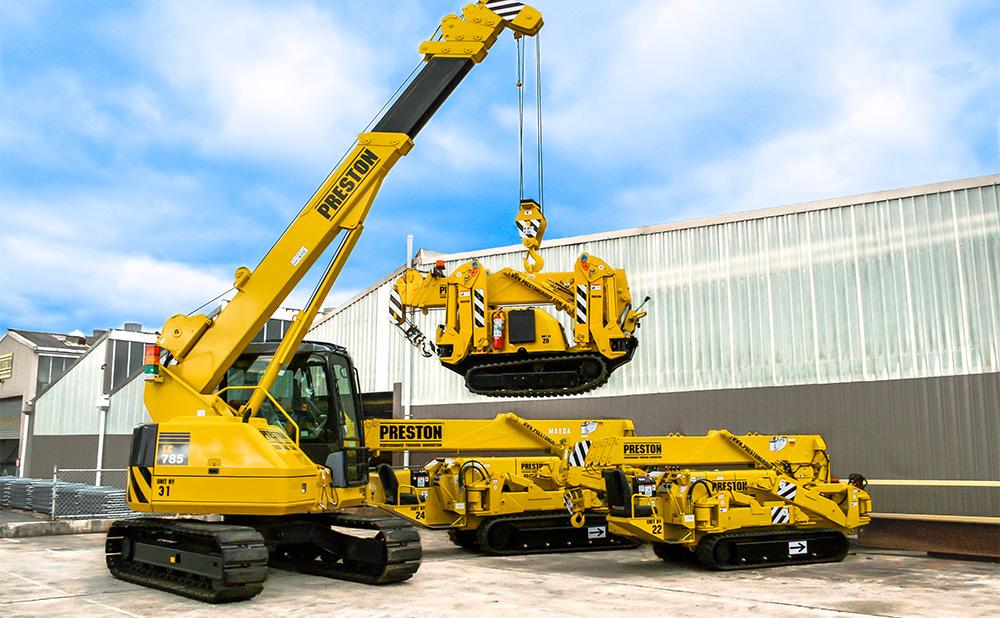Construction sites are among the most hazardous work environments. From handling heavy machinery to working at heights, construction workers face numerous risks daily. Despite stringent safety protocols, accidents can still occur, making first aid knowledge essential for every worker.
Being well-versed in basic first aid techniques can often be the difference between a minor injury and a life-threatening situation. This article explores the critical first aid measures every construction worker should know and how these actions can save lives.
Table of Contents
The Importance of First Aid in Construction
Construction sites have some of the highest injury rates compared to other industries. Workers are often exposed to physical hazards such as falls, cuts, burns, and crush injuries. In severe cases, these accidents can lead to permanent disabilities or even death. Therefore, knowing how to administer first aid promptly can help stabilize an injured worker until professional medical help arrives.
Proper first aid not only minimizes the severity of an injury but also helps prevent further complications. In many instances, construction workers may be far from a hospital or medical facility. Thus, the immediate actions taken by trained personnel on-site can significantly influence the outcomes of an accident.
Essential First Aid Equipment on Construction Sites
Before diving into specific first aid techniques, it’s crucial to ensure that your construction site is equipped with the necessary first aid kits. Every site should have easily accessible and well-stocked first aid stations. The basic first aid kit should include:
- Adhesive bandages of various sizes
- Sterile gauze pads and medical tape
- Antiseptic wipes or solutions for cleaning wounds
- Scissors and tweezers
- Burn cream and cold packs
- CPR mask or face shield
- Pain relievers
- Eye wash solution
- Latex-free gloves
Regularly checking and restocking first aid kits is crucial to ensure everything is available during emergencies.
Basic First Aid Techniques for Construction Workers
Understanding basic first aid is fundamental for ensuring that workers can act quickly and efficiently in emergencies. Let’s take a look at some common injuries on construction sites and how to treat them using basic first aid techniques.
1. Dealing with Cuts and Lacerations
Cuts are one of the most common injuries on construction sites. Whether caused by tools, machinery, or sharp objects, a deep laceration can lead to significant blood loss. Here are the steps for treating cuts:
- Stop the bleeding: Apply pressure to the wound using a clean cloth or sterile gauze. Elevate the injured area if possible to reduce blood flow.
- Clean the wound: Once the bleeding is controlled, rinse the wound with clean water to remove dirt or debris. Avoid using alcohol or hydrogen peroxide as they may damage tissue.
- Cover the wound: Apply a sterile bandage or dressing to prevent infection.
- Seek professional help: If the cut is deep, doesn’t stop bleeding, or shows signs of infection, professional medical help should be sought immediately.
2. Treating Burns
Burns can happen when workers are exposed to chemicals, electrical equipment, or open flames. Depending on the severity of the burn, basic first aid measures include:
- Cool the burn: Hold the affected area under cool (not cold) running water for at least 10 minutes. This helps reduce pain and prevents the burn from worsening.
- Cover the burn: Use a sterile, non-stick bandage to cover the burn. Avoid applying creams or ointments unless recommended by a healthcare professional.
- Elevate the burned area: If possible, keep the burned area elevated to minimize swelling.
- Seek medical attention: For severe burns that cover large areas of the body or are located on the face, hands, or joints, seek emergency medical assistance.
3. Handling Falls and Fractures
Falls are one of the leading causes of injuries on construction sites, often resulting in broken bones. When dealing with a suspected fracture:
- Immobilize the area: Do not attempt to move the injured person unless absolutely necessary. Use a splint to immobilize the injured area.
- Apply ice: Place a cold pack or ice wrapped in a cloth on the injured area to reduce swelling.
- Call for help: Contact emergency services immediately, especially if the fracture involves the spine, neck, or head.
4. Responding to Eye Injuries
Eye injuries are a frequent occurrence in construction environments due to dust, debris, and exposure to harmful substances. Here’s how to administer first aid for eye injuries:
- Flush the eye: Use clean water or an eye wash solution to flush out any foreign objects.
- Avoid rubbing the eye: Rubbing can cause further damage to the eye. If the object remains stuck, seek professional help.
- Cover the eye: Apply a sterile bandage over the eye and get medical attention immediately, particularly if the injury is severe or involves chemicals.
5. Performing CPR (Cardiopulmonary Resuscitation)
In cases where a worker becomes unresponsive and stops breathing, performing CPR can be life-saving. Follow these steps:
- Check for responsiveness: Tap the person and shout to see if they respond.
- Call for help: Immediately dial emergency services or instruct someone else to do so.
- Start chest compressions: Place your hands in the center of the chest and perform compressions at a rate of 100-120 per minute. Make sure the chest returns to its normal position between compressions.
- Provide rescue breaths: If you’re trained and it’s safe, provide two rescue breaths after every 30 compressions.
Administering effective CPR can help keep oxygen flowing to vital organs until professional medical responders arrive.
Testing and Improving First Aid Knowledge
Providing first aid training is not enough—regular tests and drills are essential to ensure that workers remember these skills and can apply them effectively. Implementing routine tests allows construction workers to demonstrate their first aid knowledge and address any gaps in their understanding.
During these tests, workers should be evaluated on their ability to:
- Identify different types of injuries.
- Choose the correct first aid response for various scenarios.
- Properly use first aid equipment.
These test results can help employers assess the overall preparedness of their workforce and identify areas that need improvement. Ensuring workers are confident in their basic first aid knowledge will make the site safer for everyone involved.
Promoting a Culture of Safety
While it’s vital to have the right equipment and first aid knowledge on hand, creating a safety-conscious work culture is equally important. Promoting safety means:
- Encouraging workers to report potential hazards.
- Holding regular safety meetings and first aid workshops.
- Posting safety guidelines and first aid instructions in visible areas on-site.
- Ensuring that workers wear the necessary personal protective equipment (PPE) at all times.
A safety-first mentality reduces the likelihood of accidents and increases the chances of a prompt, effective response when they do occur.
Conclusion
Construction work is undeniably dangerous, but with the right first aid measures in place, workers can greatly reduce the risks of injury and its consequences. Knowing how to administer basic first aid can save lives, prevent complications, and ensure a safer working environment for everyone on-site.
Investing in proper first aid training and equipment is not only a legal requirement but also a moral obligation for employers. Regular testing and drills help ensure workers retain their knowledge and skills, making construction sites safer for all. Basic first aid skills, combined with a proactive approach to workplace safety, can prevent minor injuries from becoming major health issues.
In conclusion, the combination of preparedness, awareness, and proper training is key to reducing injuries and saving lives in the construction industry.





